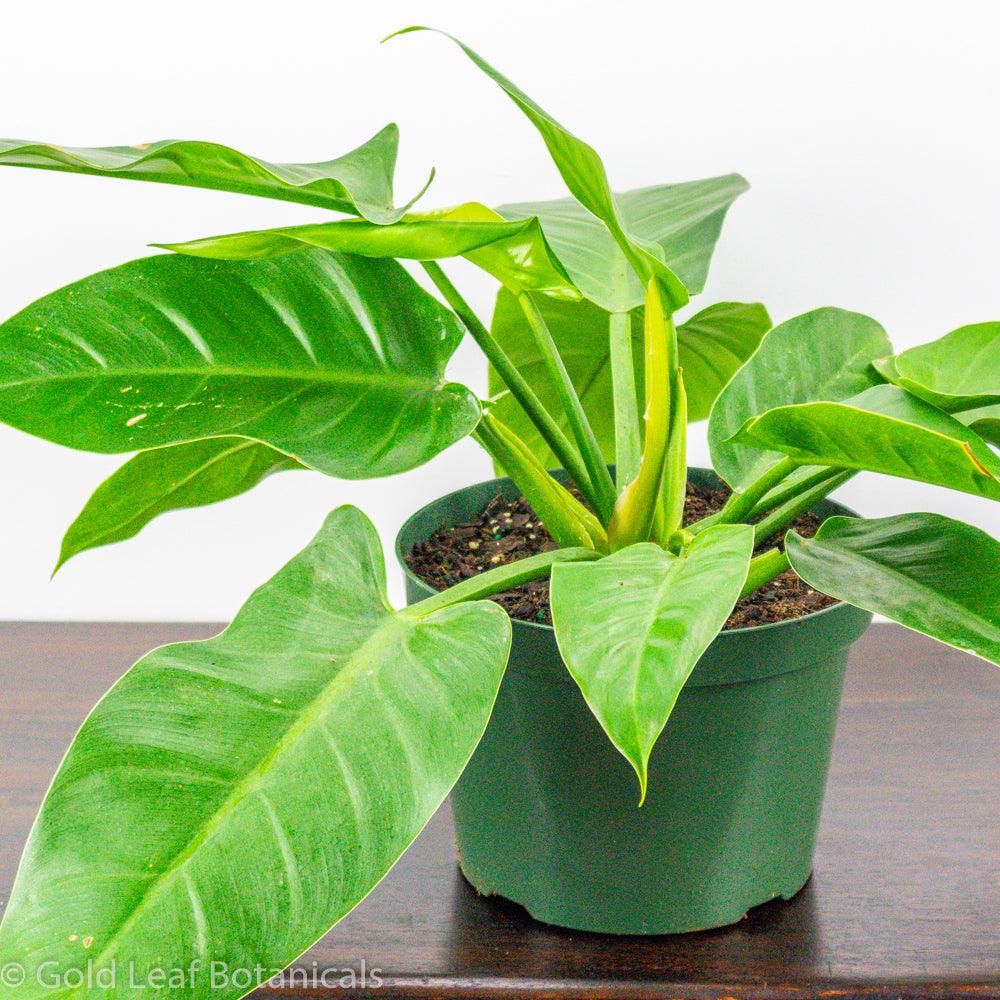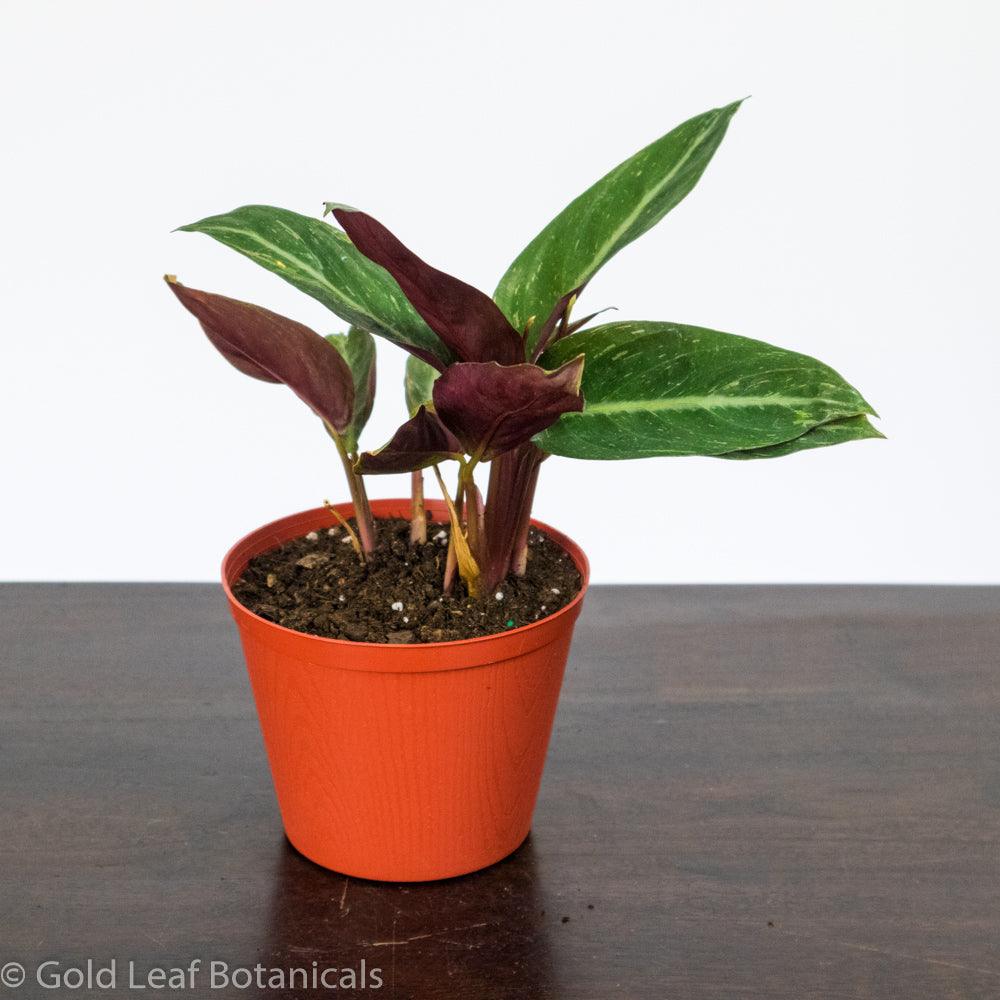Plants goldleafbotanicals | Hoya Compacta Variegated
CA$35.00
CA$10.50
Hoya Compacta Variegated

The Hoya compacta, sometimes referred to as the Hindu rope plant or compact wax plant, may be the ideal option if you're seeking for a tropical plant that is simple to maintain and brings a sense of the tropics into your house. This fast-growing, extremely adaptable plant, which is native to Southeast Asia and the Philippines, is well-known for its clusters of fragrant blooms and glossy, waxy leaves.
We will examine the Hoya compacta's development patterns, maintenance needs, and distinctive traits in this post. Along with discussing some of the typical issues that could occur when cultivating this stunning and exotic plant, we'll offer advice on how to avoid and resolve them. So continue reading if you want to learn more about the Hoya compacta and how to take care of it.
Hoya Compacta Variegated Care
Light
Hoya Compacta Variegated thrive in medium to bright, indirect sunlight. Be aware that they are not suited to low light or direct sunlight - which may scorch their leaves. They love the heat of the sun more than anything.
Read our blog post to learn more about succulent care. You'll be a pro in no-time!
Water
We recommend allowing the top 2 inches of soil to dry out between waterings to prevent overwatering and root rot. Wait until the hoya leaves pucker slightly before watering again. All hoyas should be potted in planters with drainage. They are sensitive to too much water, so use a well draining soil with plenty of pumice or perlite
Humidity
Average house humidity is great for hoya's. They love a mist, or a humid bathroom from time to time.
Hoya Compacta Information
Hoya compacta, also known as the Hindu rope plant or compact wax plant, is native to Southeast Asia and the Philippines. In its natural habitat, it grows as an epiphyte on the branches and trunks of trees, where it receives dappled light and adequate moisture from the surrounding rainforest. It is adapted to high humidity and warm temperatures, and thrives in well-draining soil that is rich in organic matter.
Due to its beautiful, waxy leaves and adaptability to a variety of growing situations, Hoya compacta is grown for use as houseplants. If given the right attention and growing circumstances, it is rather simple to maintain and may be grown in a variety of containers. It enjoys well-draining soil that is allowed to gradually dry up between waterings and bright, indirect light. Given that the plant is indigenous to a tropical rainforest setting, it is also crucial to give it enough humidity. With the right care, Hoya compacta can develop into a stunning, exotic plant that brings a bit of the tropics inside.
Hoya Compacta Growth Habits
Hoya compacta, also known as the Hindu rope plant or compact wax plant, is a tropical plant with a climbing or trailing growth habit. In its natural habitat, it grows as an epiphyte on the branches and trunks of trees, where it can reach lengths of up to 10 feet or more. In cultivation, it is often grown as a houseplant and can be trained to grow up a support or allowed to trail over the edge of a container or hanging basket.
Hoya compacta has glossy, waxy leaves that are typically dark green in color and about 3-4 inches in length. The leaves are oval or oblong in shape and have a distinct, wavy or curly margin. The plant produces clusters of small, fragrant flowers that are typically white or pink in color and have a star-like shape.
As the plant grows, it will produce aerial roots that can be trained to grow down the support or left to trail and drape over the edge of the container. With proper care and a suitable growing environment, Hoya compacta can grow quickly and produce beautiful, waxy foliage and fragrant flowers that add a tropical touch to any indoor or outdoor space.
Hoya Compacta Common Problems
There are a few common problems that can arise when growing Hoya compacta, including:
-
Brown or yellowing leaves: This may be brought on by inadequate lighting, excessive watering, or insufficient watering. Ensure that the plant is receiving adequate light, and constantly check the soil's moisture to make sure it is not too dry or damp.
-
Stunted growth: This can be caused by insufficient light, overly dry soil, or low humidity. Make sure the plant is getting enough light and increase humidity by misting the leaves or using a humidifier.
-
Pest infestations: Hoya compacta is susceptible to pests such as mealybugs, aphids, and thrips. These can be controlled by regularly inspecting the plant for signs of infestation and using an appropriate pest control product.
-
Root rot: This can be caused by overwatering or poorly draining soil. Make sure the soil is well-draining and only water the plant when the top inch of soil is dry.
By following proper care guidelines and addressing any problems as they arise, you can help your Hoya compacta thrive and grow to its full potential.
| Size | 24, 25, 26, 27, 28, 29, 30, 31, 32, 33, 34, 35, 36, 37, 38 |
|---|

























Reviews
There are no reviews yet.